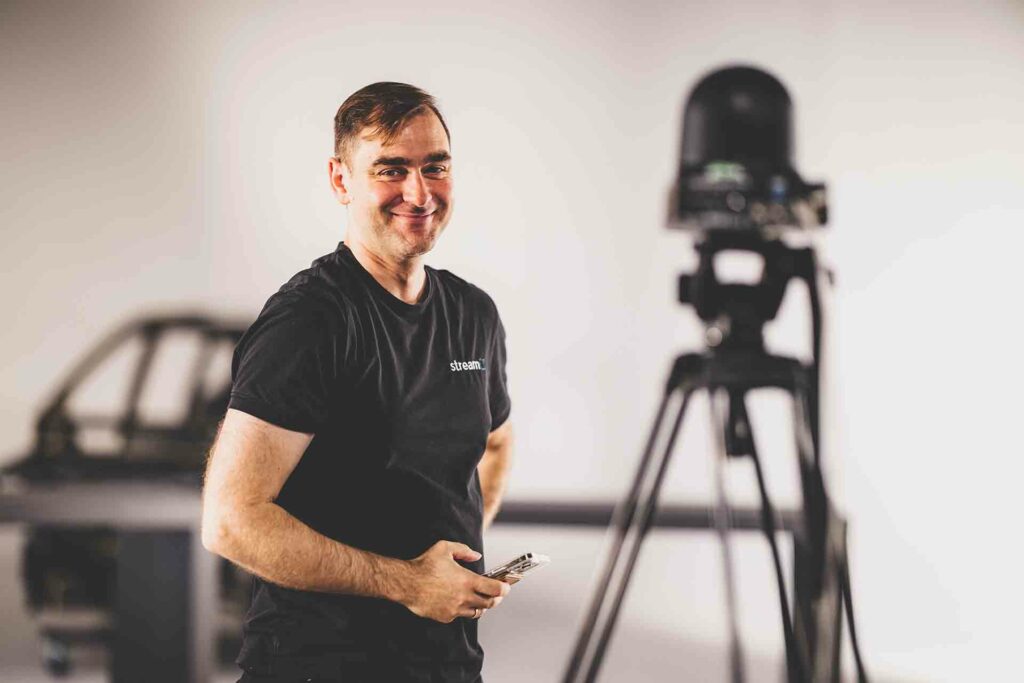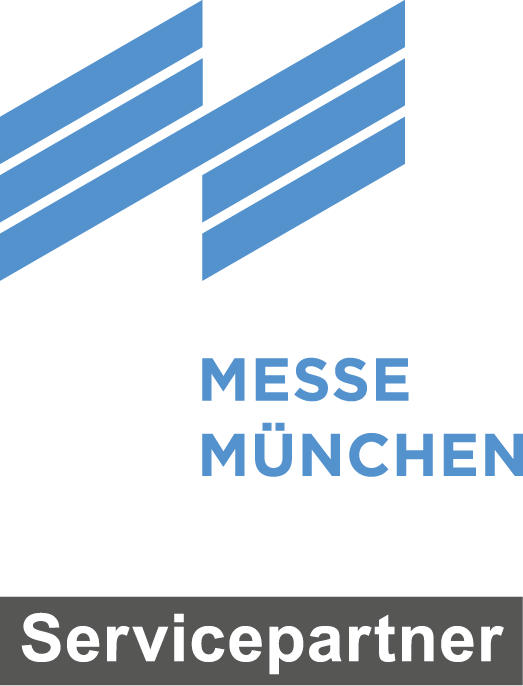What is the difference between a livestream and an on-demand webcast?
While the livestream, as the name suggests, takes place live and in real time, an on-demand webcast is a recording. Both have their advantages and disadvantages for both the speaker and the viewer. For example, the participant can view the recording immediately at any time after registering. However, there is no so-called live effect, which attracts more attention.
How important are livestreams and on-demand webcasts for event production these days?
The importance of this cannot be emphasized enough. Audiences don’t just expect events to be streamed live, they demand it. Webcasts and livestreams have revolutionized the way we experience events and allow us to break through physical boundaries. This has truly democratized access to all content.
But how do livestreams and on-demand webcasts actually help to get viewers more involved?
Inspiring the audience and thus achieving more engagement is the ultimate goal at any event. In my opinion, live streams are a good way to do this.
In this way, we not only overcome geographical barriers, but also create real-time interaction with the audience. Regardless of the location of the participants, organizers can create an intense sense of community by broadcasting the event live. What is essential here is a chat function. This is the only way viewers can actively participate and ask questions. This dynamic exchange between the audience and the speaker enriches the entire event experience.
In your experience, what is the biggest advantage of livestreams and on-demand webcasts?
Certainly global accessibility. Attending a trade fair or conference is always time-consuming. I have to plan my arrival and departure, possibly book a hotel room and, of course, take part in the event. With a livestream, I can watch the event from the comfort of my desk and get back to my work once it’s over. This also means that the diversity of the audience can increase. Theoretically, people from all over the world can attend the event who would otherwise not be able to travel to Munich, for example. This creates completely new opportunities for cultural exchange and knowledge transfer on a global level.
Many event organizers are reluctant to spend additional money on a livestream or recording of the webcast.
I can understand that, of course. At the beginning of every planning process there is also the question of costs. Not every event organizer has the budget for such additional expenses. But we tend to see the advantages of streaming. For example, tickets can be sold for access to premium content or sponsors and advertising opportunities can be integrated into the stream. As paradoxical as it may sound, a live stream also saves costs. For example, a small room is sufficient for the event, as there are no or few spectators on site. Catering and travel costs are also saved with a livestream.
What role does the long-term availability of content play?
Once I have professionally recorded a webcast, I can place it behind a paywall on my website. This way, I have to pay for the recording once, but I don’t have to worry about anything else afterwards. I can therefore focus entirely on marketing my webcast and don’t have to stand in front of the camera every week. The content of a livestream is also something for the bin after the end of the broadcast. It can be used to create short clips for social media, for example. That way, I have content right away and can use it to promote events in the future, for example.
How important are quality and technology in the implementation of livestreams and on-demand webcasts?
Both are extremely important for the success of the event. High-quality audiovisual equipment, a reliable internet connection and experienced technical staff are essential. Because nobody likes to watch a shaky stream. As the organizer, I also have to choose the right platform for the livestream and always have a back-up plan in the drawer so that I am prepared for technical problems.
Thank you Martin Prankl for the insights into the world of livestreams and on-demand webcasts!
You’re welcome. Livestreams are a great way to reach a larger audience and are becoming increasingly important in event production. If you have any questions or would like to discuss my views, you can call me at any time on 089 41 41 453 99.




